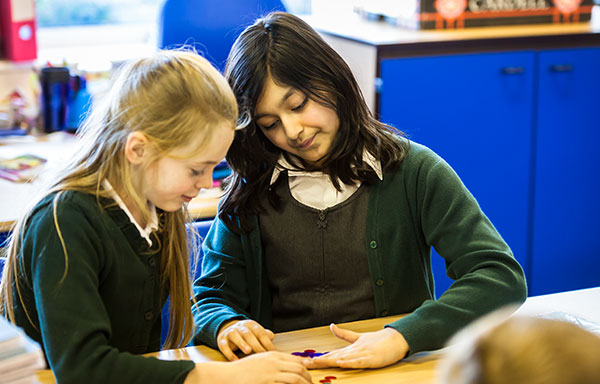Timetables: Starting Secondary School

Transitioning to secondary school is a key event in a young person’s life; new friends, freedom and growing independence are just some of the exciting changes ahead. Your child will soon be tasting increased independence and with it, an increased sense of responsibility and organisation.
For students with speech language and communication needs (SLCN), the leap can feel even more daunting. Organisation and sequencing skills can often be an area of need for these students, as well as asking for and following spoken directions.
As with all new tasks, the key is practise. Repeating the new skills to be learned, with your support, can help your child feel more prepared and more confident for their new routines.
Here are some skills to practise over the summer holidays:
- Reading a timetable
The summer holidays are a great time to get used to reading timetables. These are readily available at train stations, bus stops and at tourist attractions. Encourage your child to try to navigate the timetable. Of course, to catch the school bus, your child will also need to be at the bus stop on time. Take this opportunity to talk about how they can ensure they prepare and plan their time.
- Thinking ahead
New school: new subjects- and this means lots of different books and equipment to swap around every day. Encourage your child to consider what strategies they might use to help them take the right equipment on the right day. Perhaps a coloured sticker to represent each day on the corresponding books? Equally important is the ringfenced time for this planning and organisation.
- Following a map
If they haven’t already, your child is likely to be provided with a map of their new school. Everyone is going to get lost in the first few weeks! Reassure them that this is expected, and that students and teachers will be able to help them. Ensure your child is familiar with how to read a map by practising some map skills, perhaps around your local area. Following directions containing ‘left’ and ‘right’, or ‘the second turning’ can be quite tricky and take practice to achieve.
- Embrace the new
This is an exciting new chapter for both you and your child – Be sure to capture some shots of that smart new uniform!